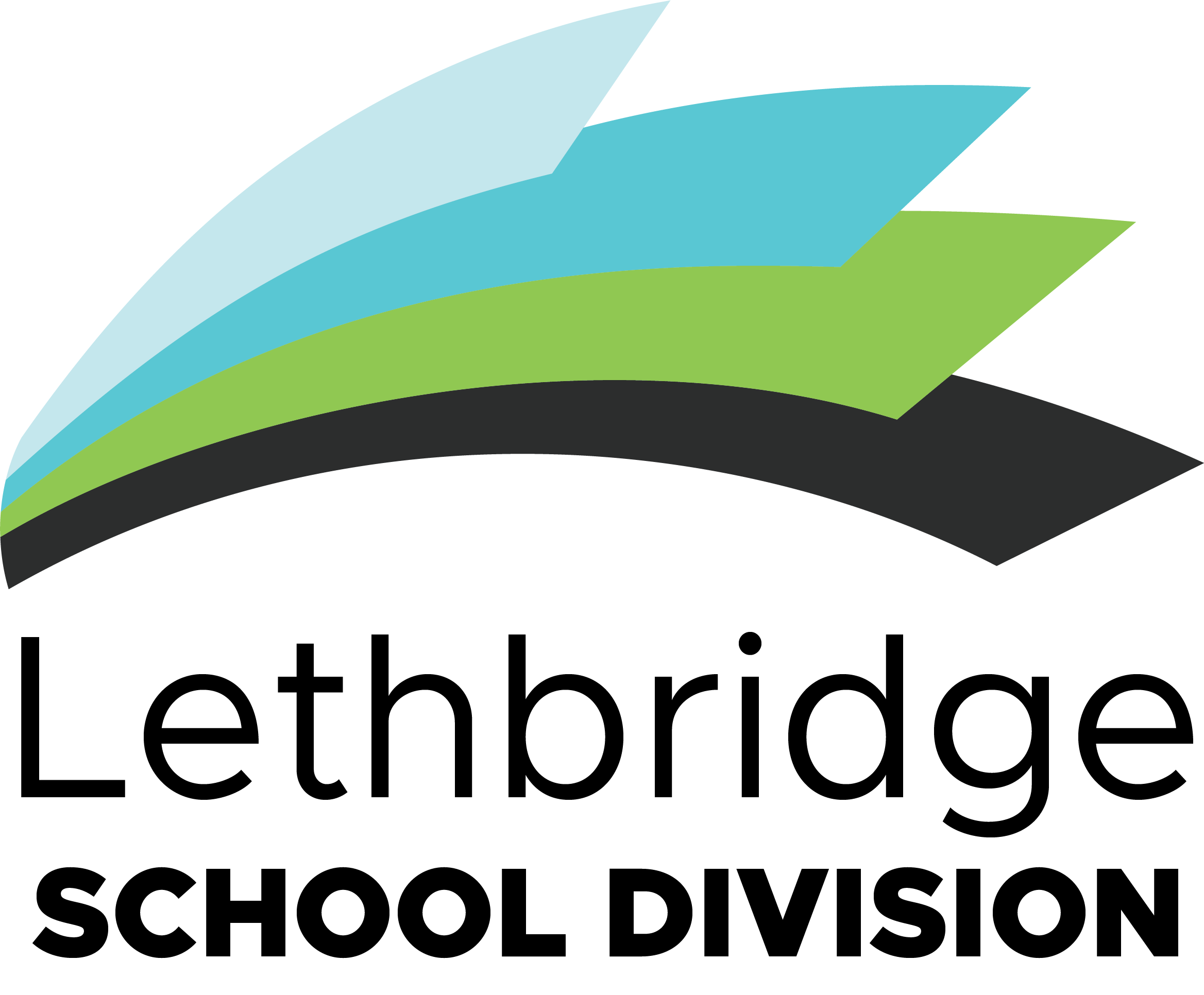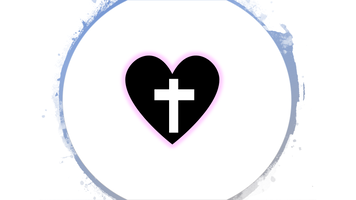Through Lines and Time Lines
Each of you have been assigned one of the 4 books we are reading for book club. For each chapter we are going to be making a time line of the chapter as well as examining what happens in the chapter to see what through lines may apply.
For each chapter you will have to make a 4-point timeline. For this you will have to pick out the 4 main points in the chapter.
Also as you read you will have to find an example of each through line. You will have to give a complete explanation why this would be an example of the through line. You will get more information on what you will be looking for on page 4.
Through Lines
Keep an eye out for through lines that are in the book. In each chapter we should be able to find examples, themes, expressions or applications of the different through lines.
Each through line explanation needs to include:
- A Through line statement.
- 2-3 reasons why you feel is an example of the through line.
- Examples from the book
Ideas on how to connect the chapters to the through lines
You may want to write about
- What the through line means to you and connect this meaning to something that happened in the book.
- A point in the book where a character acted in a way in which would be an example for the through line.
- A point in the book when a character had an opportunity and failed to act in a way which would be an example of a through line.
- Any other example or opportunity in the book in which a though line could be expressed.
- How we could learn from and apply to our lives an example of a through line being expressed in the book.
|
Through Lines |
|
God Worshiper Students will understand that worshipping God is about celebrating who God is, what God has done and is doing, and what God has created. It is literally about standing in awe and wonder of God and His promises. Students will see this worship as a way of life. |
|
Idolatry- Discerner Students need to learn to 'read' a worldview by asking questions about what is being portrayed in regard to culture, values, and belief systems. Through the curriculum students will be challenged to identity, understand, and lay bare the idols of our time (and time past). |
|
Justice-Seeker Students will act as agents of restoration. The world is not as God intended it to be. We lead our students to see the injustices in this world - but seeing those things can't be where we stop. We need to enable our students to act as agents of restoration by both identifying and responding to injustices. |
|
Creation-Enjoyer Students will celebrate God's beautiful creation and give testimony to the presence of God in creation. Creation enjoying is looking at, talking about, studying creation. Ordinary things become extraordinary when seen in a new way. Creation enjoying is helping to coax the 'song of joy' (Psalm 65:8) from ourselves and our students. |
|
Servant-Worker Students will work actively to heal brokenness and bring joy to individuals and to culture. Being an image-bearer means having the ability and the responsibility to discover, respond to, develop, use, and improve the world that God has placed us in. We need to cultivate in our students the desire and ability to offer hope, healing, and restoration to this world and its people. We do this in the knowledge and gratitude for the sacrifice of our Savior Jesus Christ. |
|
Community-Builder Students will be active pursuers and builders of community in their classrooms, their neighborhoods, and in the global village they are a part of. Students need to learn to pursue Shalom - to be active and eager examples of peaceful/shalom-filled communities. Our classrooms will become communities of grace where students will learn to walk and work together in peace. |
|
Image-Reflector Students bear the image of God in their daily lives. Being an image-bearer isn't something we DO. It is deeper than that. Image-bearer is something we ARE. We reflect God's image and we learn to see God's image in others. The more Christ-like our actions are, the more clearly Christ's light shines in a dark world. |
|
Order-Discoverer
Students see God's fingerprints all over creation. When we read the creation account we read a story of God creating order out of chaos. There is purpose in God's creation and we are able to discover this amazing order within creation. One of the inescapable conclusions for our students must be, "God really had an amazing plan for all of this, didn't He!" |
|
Beauty- Creator
Students will create beauty that praises God and enriches our world. Creation shouts that our God is a God who loves diversity, complexity, and creativity. Being an image-bearer means having the ability and the responsibility to discover, respond to, develop, use, and improve the world that God has placed us in.
|
|
Earth Keeper
Students will respond to God's call to be stewards of all of creation. Caretaking can so easily succumb to exploiting. We need to reclaim and relearn how to respectfully treat the world / universe and all things contained I it. This is a matter of respecting God and it our responsibility to be earth-keepers.
|
Time Lines
For each chapter you will complete a small time line of what happened in the chapter.
Your chapter will need to have
- The 4 main points or events in that chapter
- The 4 points need to be in chronological order.
- A 1-2 sentence description to understand what happened.
- Need to have enough information to understand what happened in the chapter.
What you may include on your time line
- Major events that have happened
- The introduction of new characters
- Information about any of the locations in the book.
- Information that has been revealed about a character or the past.
Example
|
The first things that happen in the book. Event that gives us information on what may happen next. |
Introduction to main character. We get a basic description of the main character to see what they are like. |
Induction to the problem. Start to see what the issue s will be in the book. |
Main Character starts to get involved with the main conflict of the book. |
|
Chapter 1: The first One |
|||

